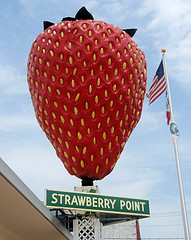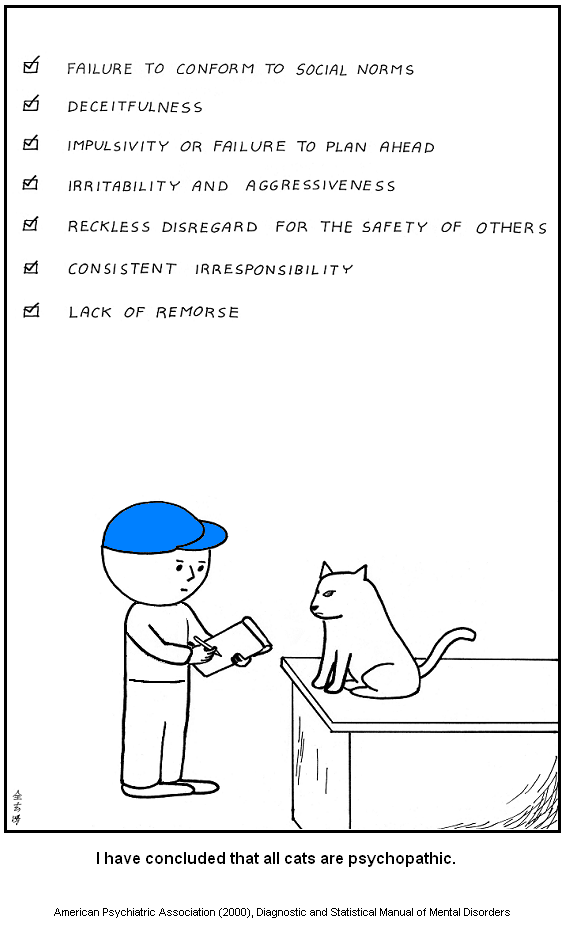 I drove up to an auction in the Pennsylvania hayfields, parked in the field to the left because the lot to the right was reserved for buggies and horses. Maybe five auctions were going on in different parts of the fairground and everywhere were Amish in black and dark jewel-colored clothes, Mennonites in black and light sprigged cottons, all the old Anabaptist sects, the people that locals call “plain folk.” They spoke a dialect of German you couldn’t understand even if you understand German. They had no-shit faces, meaning they don’t hand it out but if you do, then that’s the kind of person you are.
I drove up to an auction in the Pennsylvania hayfields, parked in the field to the left because the lot to the right was reserved for buggies and horses. Maybe five auctions were going on in different parts of the fairground and everywhere were Amish in black and dark jewel-colored clothes, Mennonites in black and light sprigged cottons, all the old Anabaptist sects, the people that locals call “plain folk.” They spoke a dialect of German you couldn’t understand even if you understand German. They had no-shit faces, meaning they don’t hand it out but if you do, then that’s the kind of person you are.
Kids were quietly all over the place, and a surprising number of them were in wheelchairs – plain peoples’ kids are unusually likely to have genetic diseases that interfere with the way their bodies process proteins, which in turn plays havoc with the parts of their brains that control muscles. The auctions were to raise money for the clinic that treats them, The Clinic For Special Children, which is what the plain people call these kids, God’s special children. The clinic supplies these people who have no telephones, no cars, no electric stoves, no electric lights with the only true personalized genetic medicine in the country. Continue reading






